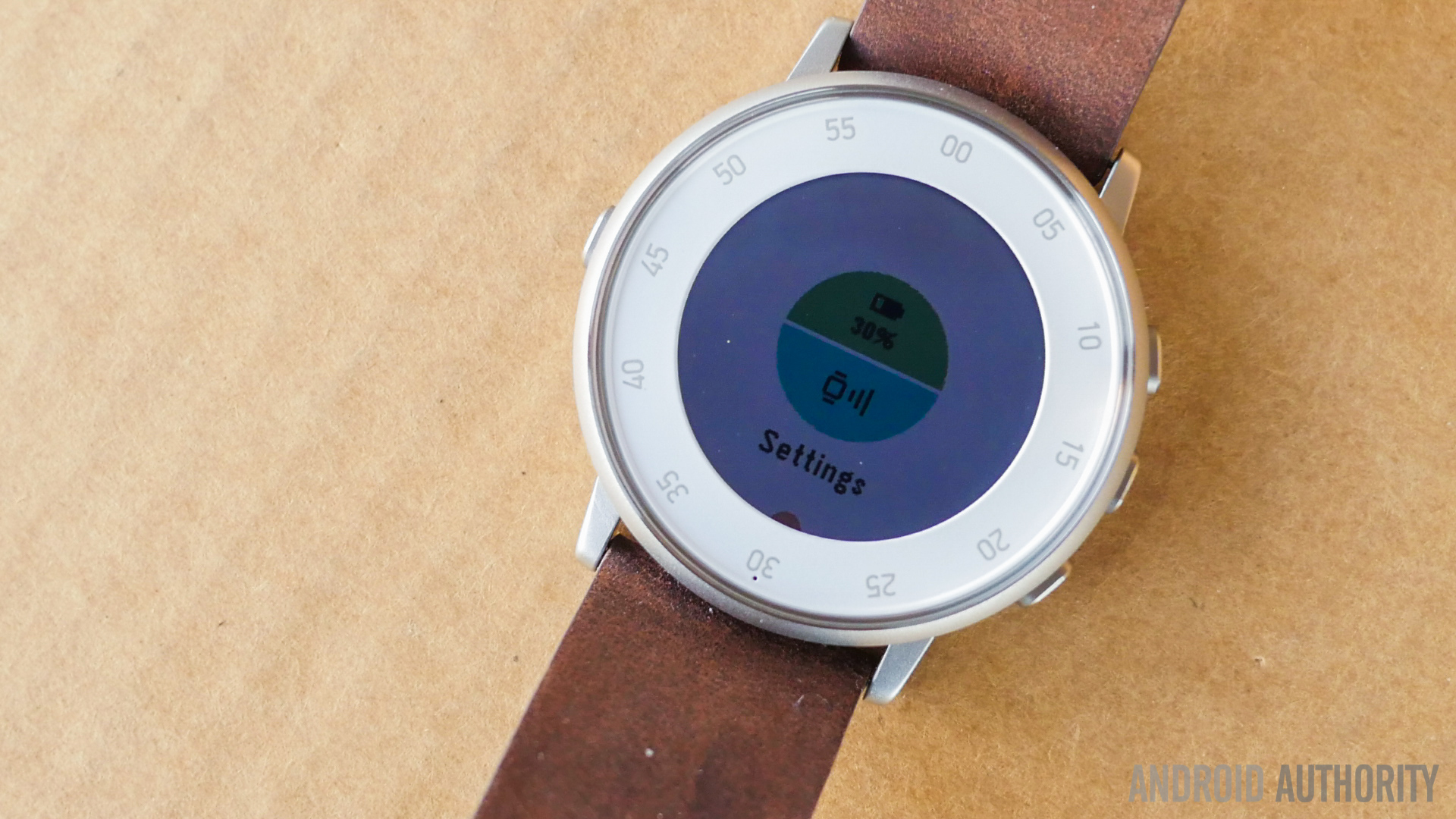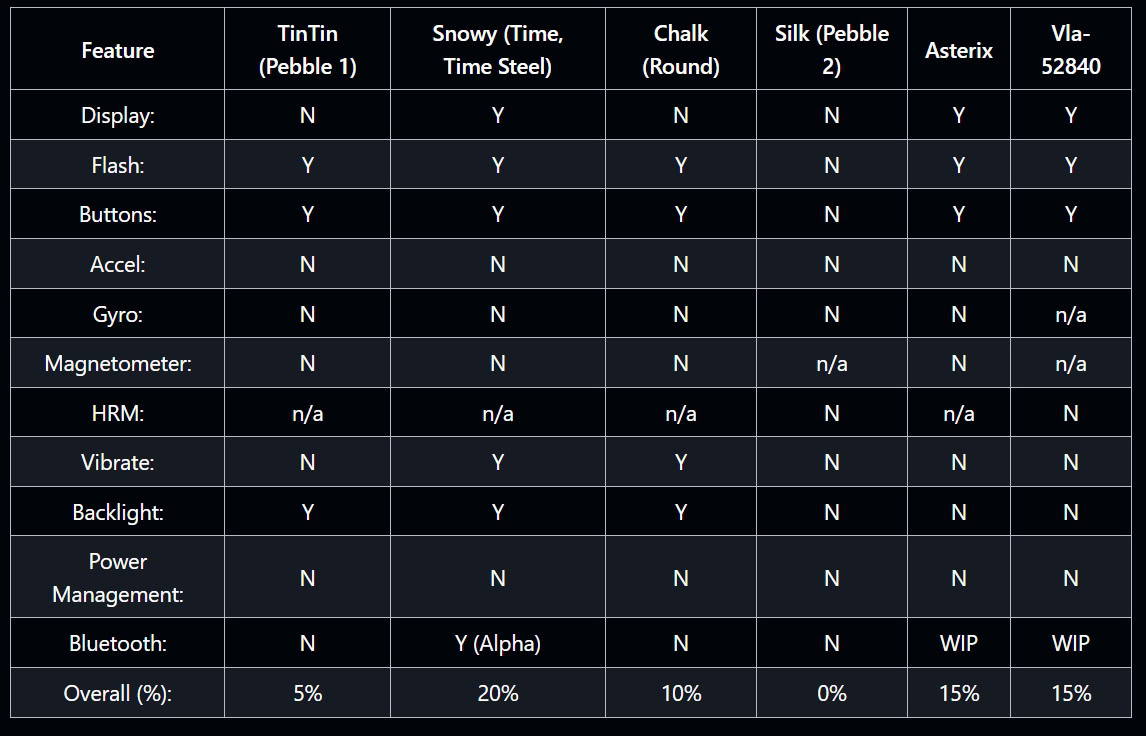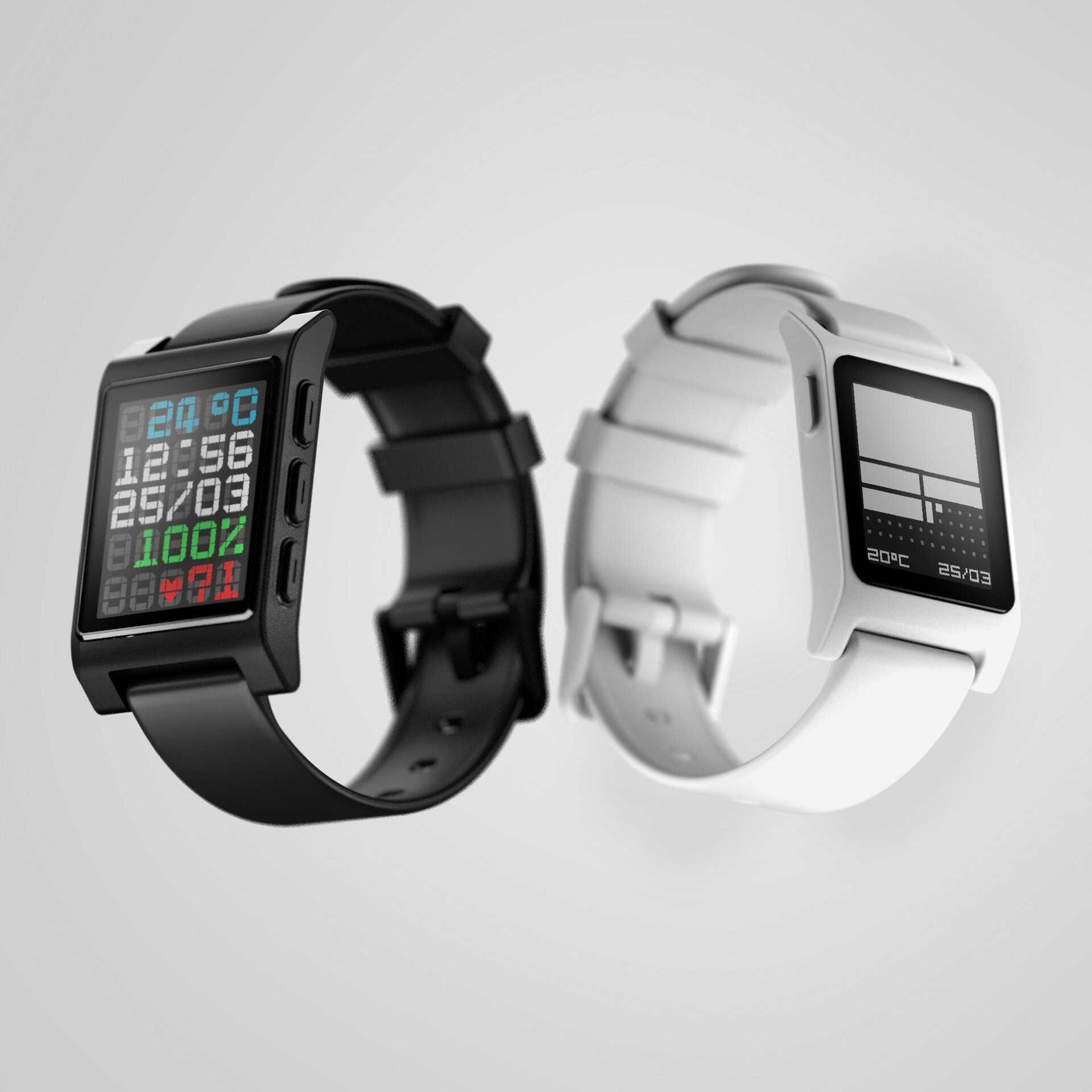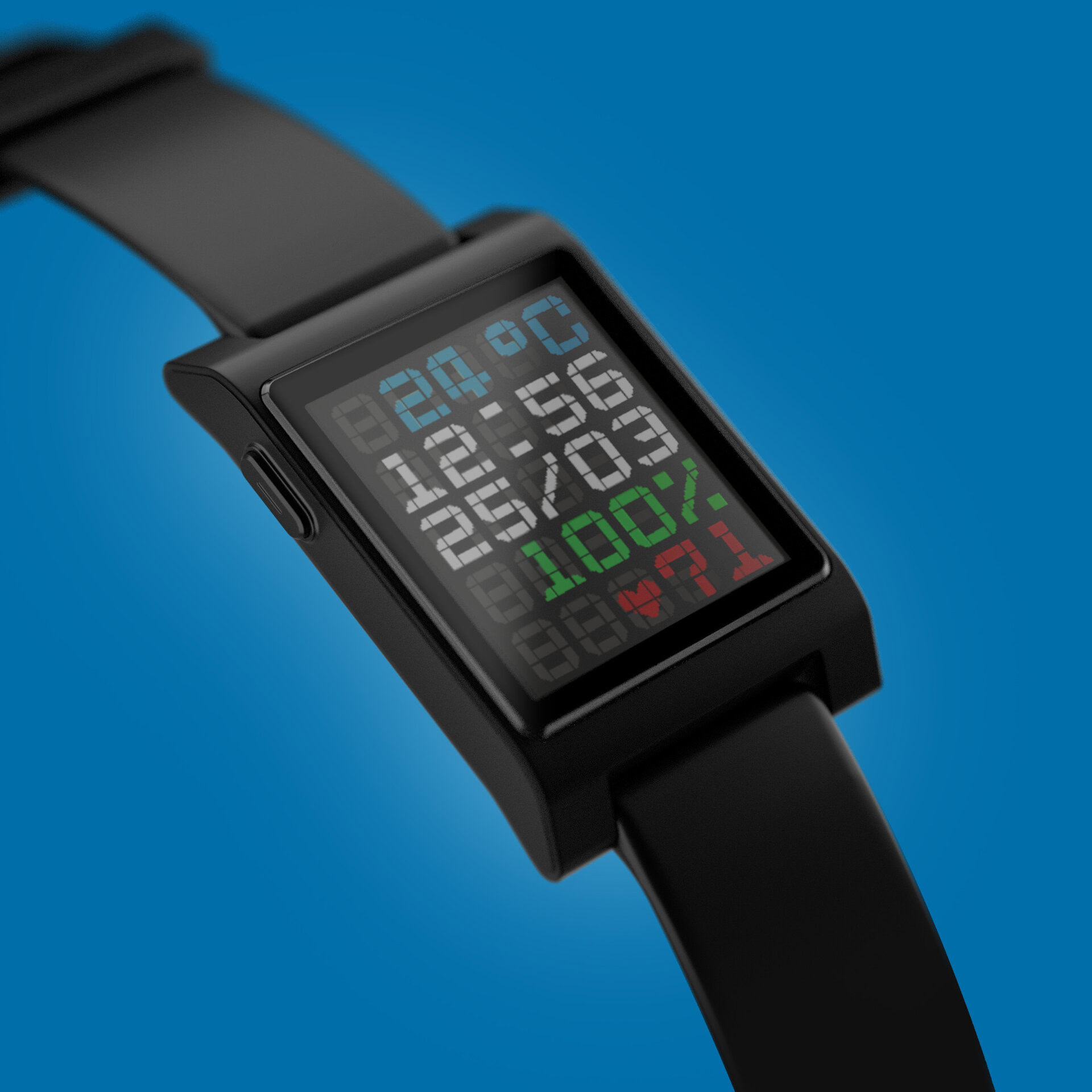TL;DR
- Core Devices has announced the Core 2 Duo and Core Time 2, two watches that run the open source Pebble OS and offer up to 30 days of battery life.
- Core Devices is a new hardware company founded by Eric Migicovsky, the former CEO of Pebble.
- The watches go on pre-order today for $149 and $225 respectively and will only be available in limited quantities.
Even though Pebble ceased operations a little over 8 years ago, the brand still has many fans who use their discontinued watches every day. Many Pebble fans have been waiting a long time for someone to release new hardware that matches what they’ve come to love from Pebble watches, and today, the former CEO of Pebble has risen to that occasion. Eric Migicovsky announced a new hardware company called Core Devices today, and it’s bringing to market two
smartwatches with the familiar Pebble software and design but dramatically improved battery life.
Who is Core Devices?
Back in 2016,
fitness tracker brand Fitbit bought the intellectual property and trademark rights of Pebble, which were later transferred to Google after its acquisition of Fitbit. As a result, Eric Migicovsky can’t legally sell new watches under the Pebble brand. He can, however, sell new watches compatible with Pebble’s operating system under a new technology brand, hence the formation of Core Devices.
The reason he’s able to build new watches that run Pebble OS is because, at the end of January, Google released the
Pebble Watch source code. This included the source code for the app framework, watch faces, and features like notifications, media controls, and fitness tracking. With this code, developers can build new watches that not only retain most of the functionality of prior Pebble watches but also support existing apps and watch faces built for Pebble OS. That’s especially important because it allows new hardware to tap into the existing library of over 10,000 apps and watch faces built for Pebble OS over the years.
The Pebble 2, Pebble's last smartwatch before it was shuttered.
Regardless, the question remains: why go through all this trouble? Migicovsky’s reasoning for
building new Pebble watch hardware is that none of the existing smartwatches on the market meet his full criteria. His ideal smartwatch should have these five features:
- An always-on e-paper screen
- Long battery life (at least 1 week)
- A simple and beautiful design
- Physical buttons for navigating the UI
- Hackable firmware
With this criteria in mind, Migicovsky set out to create new watches for himself and for other Pebble fans, culminating in the Core 2 Duo and Core Time 2.
Core Devices
Left: Core 2 Duo. Right: Core Time 2.
The Core 2 Duo and Core Time 2 have Pebble-like hardware but way better battery life
The Core 2 Duo and Core Time 2 are the first two smartwatches from Core Devices, and they’re basically modernized versions of Pebble’s final hardware. The Core 2 Duo can be thought of as the modernized version of the Pebble 2, the last smartwatch that Pebble ever sold. Meanwhile, the Core Time 2 is basically the modernized version of the Pebble Time 2, a watch that Pebble was forced to cancel before it ever shipped to buyers.
From the outside, the Core 2 Duo and Core Time 2 look identical to many Pebble watches of old, with their simple, square designs and multiple physical buttons. The modernization comes from internal changes that allow the new watches to sport much better battery life and new features. Migicovsky says both watches can last up to 30 days on a single charge, a quadruple bump in battery life performance from the original slate of Pebble watches. He attributes this improvement to advancements in Bluetooth chip technology that have been made in the nearly 10 years since the last Pebble watch’s release.
Core Devices
The Core 2 Duo.
Both watches add speakers for the first time on a Pebble watch, allowing them to output sound. This would allow developers to create apps that output speech, such as a
ChatGPT client. The watches also have linear resonant actuators, a type of vibration motor that’s quieter and stronger than the eccentric rotating mass (ERM) motors in the original watches. The Core 2 Duo adds a barometer and compass, while the Core Time 2 adds a touchscreen.
Despite the emphasis on physical button navigation, the inclusion of a touchscreen is essential, as Migicovsky points out, to enable new features like complication interactions. Migicovsky hopes developers will create new watch faces with complications that show information at a glance but can also be tapped to open the associated app. When I asked Migicovsky if he had plans to use the touchscreen for other aspects of the OS, he told me that his team will look at gradually incorporating touch support but that he doesn’t want the Core Time 2 to essentially become a “phone on a wrist.” The watches’ buttons remain the intended way to navigate the UI.
Core Devices
The Core Time 2.
The main differences between the Core 2 Duo and Core Time 2 is the size and nature of the display as well as the materials used to construct the frame. Although both feature an always-on e-paper screen with the same memory-in-pixel reflective LCD technology used in Garmin watches, the Core 2 Duo has a smaller, 1.26-inch black and white display, whereas the Core Time 2 has a larger, 1.5-inch 64-color display with a touchscreen. The Core 2 Duo also has a cheaper polycarbonate frame, while the Core Time 2 has a more premium metal frame. As a result, the Core 2 Duo costs $149 while the Core Time 2 costs $225.
Core Devices
Left: Core 2 Duo. Right: Core Time 2.
The Core 2 Duo will ship starting in July, whereas the Core Time 2 will ship starting in December. Both watches will ship worldwide but only in limited quantities due to parts constraints. They can be pre-ordered now exclusively on the
rePebble store — Migicovsky says neither watch will have a retail release. The team can’t manufacture enough watches to send to everyone who showed interest in January, so Migicovsky recommends placing a pre-order now to secure a watch, as pre-orders can be cancelled for a full refund before the watch ships.
By the time both watches ship, Migicovsky hopes to publish a companion app for both Android and iOS. His team will also publish an updated SDK that developers can use to create new watch faces or apps. Developers can also download the firmware source code and create their own operating systems for the watches that are compatible with existing Pebble apps.
Core 2 Duo and Core Time 2 Specifications
| Specification | Core 2 Duo | Core Time 2 |
| Display | 1.26” B/W | 1.5” 64-colour |
| Resolution | 144×168 pixels, 176 DPI | 200×228 pixels, 202 DPI |
| Interaction | 4 buttons | 4 buttons + touchscreen |
| Frame | Polycarbonate | Metal |
| Sensors | 6-axis IMU, compass, barometer | 6-axis IMU, heart rate |
| Starts shipping | July | December |
| Price | $149 | $225 |
| Mic and speaker |  |  |
| Backlight |  |  |
| Linear resonance actuator (vibrator) |  |  |
| Battery life | 30 days | 30 days (est.) |
| Connector | Standard Pebble charger | Standard Pebble charger |
| Water resistance | IPX8 (target) | IPX8 (target) |
| Health features | Step and sleep tracking | Heart rate, step and sleep tracking |
| Strap width | 22mm | 22mm |


















